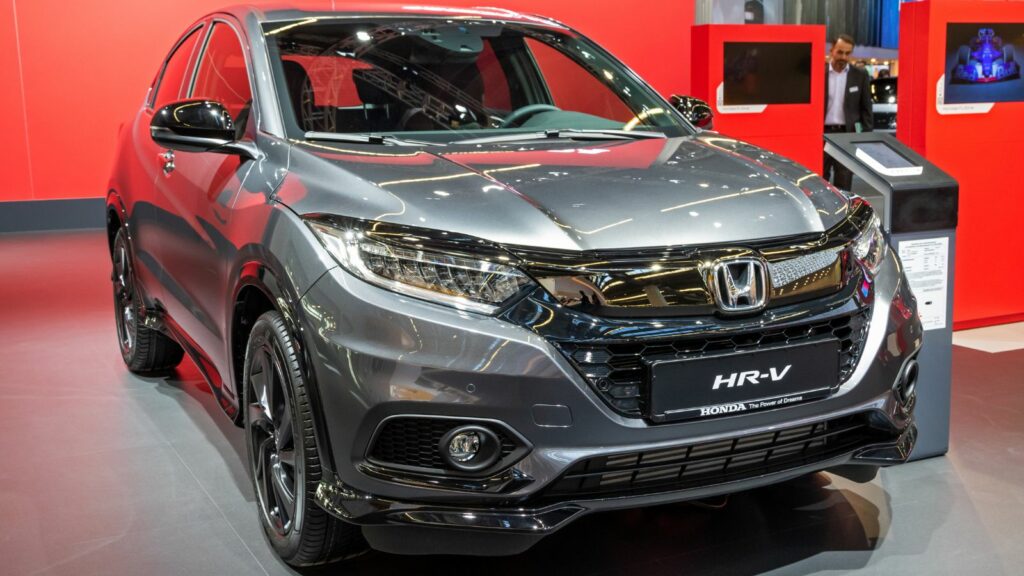Car design can be as dynamic as the vehicles themselves. The world has always been obsessed with a car’s looks. Whatever looks good catches the eye. If it catches the eye long enough, it can persuade a potential consumer to purchase it. Here are 10 models that dared to ditch tradition and wow the world with their design.
Ford Mustang
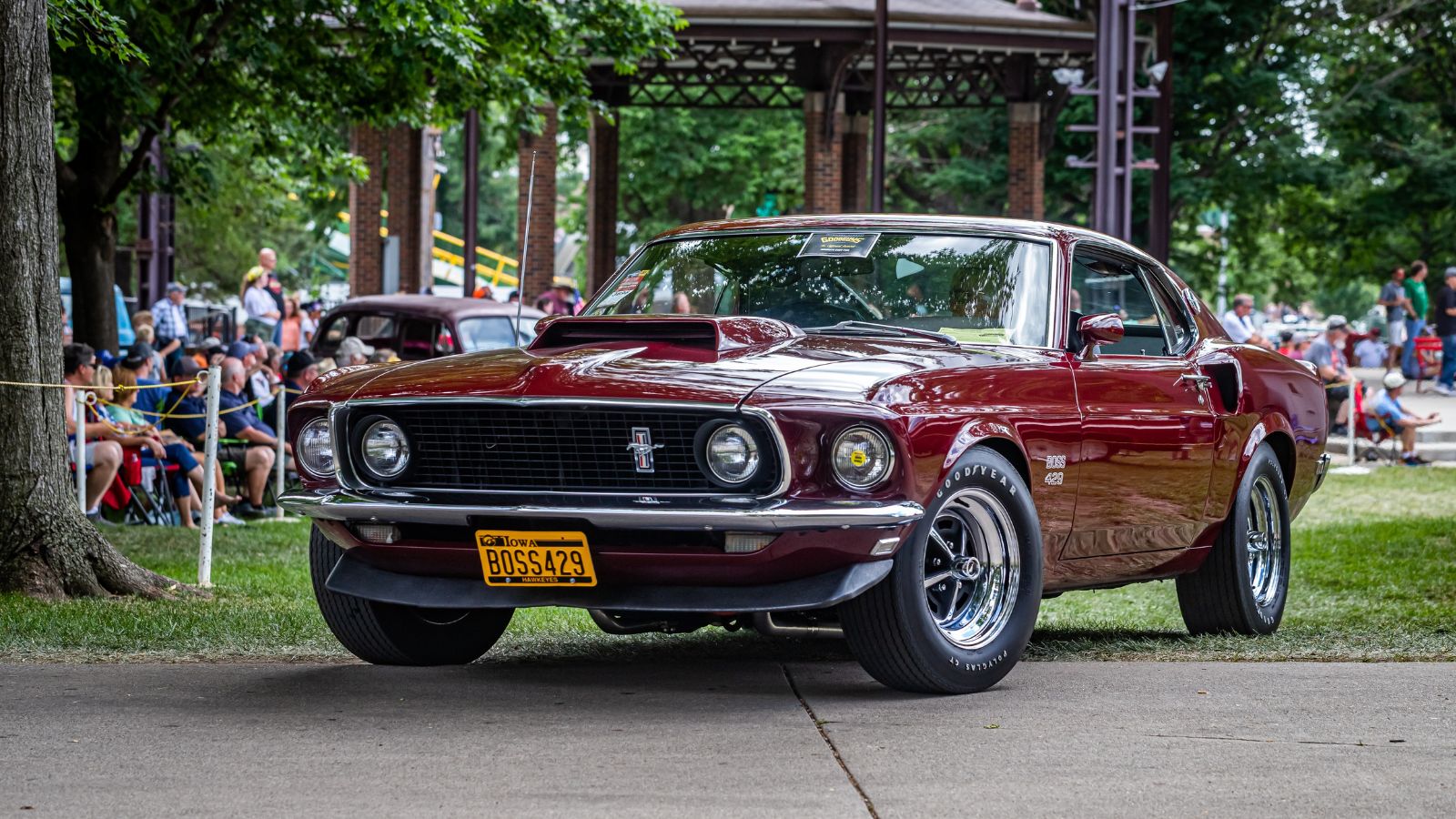
The Ford Mustang has always represented the American machina, but it was given a new look in 2015, which took this old player to new heights. The sixth-generation Mustang, introduced in 2015, has a sleek, aggressive exterior with a lower and wider stance and a more aerodynamic profile. The grille was updated with a trapezoidal shape and prominent horse emblem, flanked by sleek headlights that incorporated LED lighting technology for improved visibility and a distinctive visual signature. The rear fascia was more chiseled and angular, with dual exhaust outlets and an optional rear spoiler adding to the car’s aggressive demeanor. With these details, the classic pony car was redesigned to be a modern interpretation of the Mustang.
Porsche 911
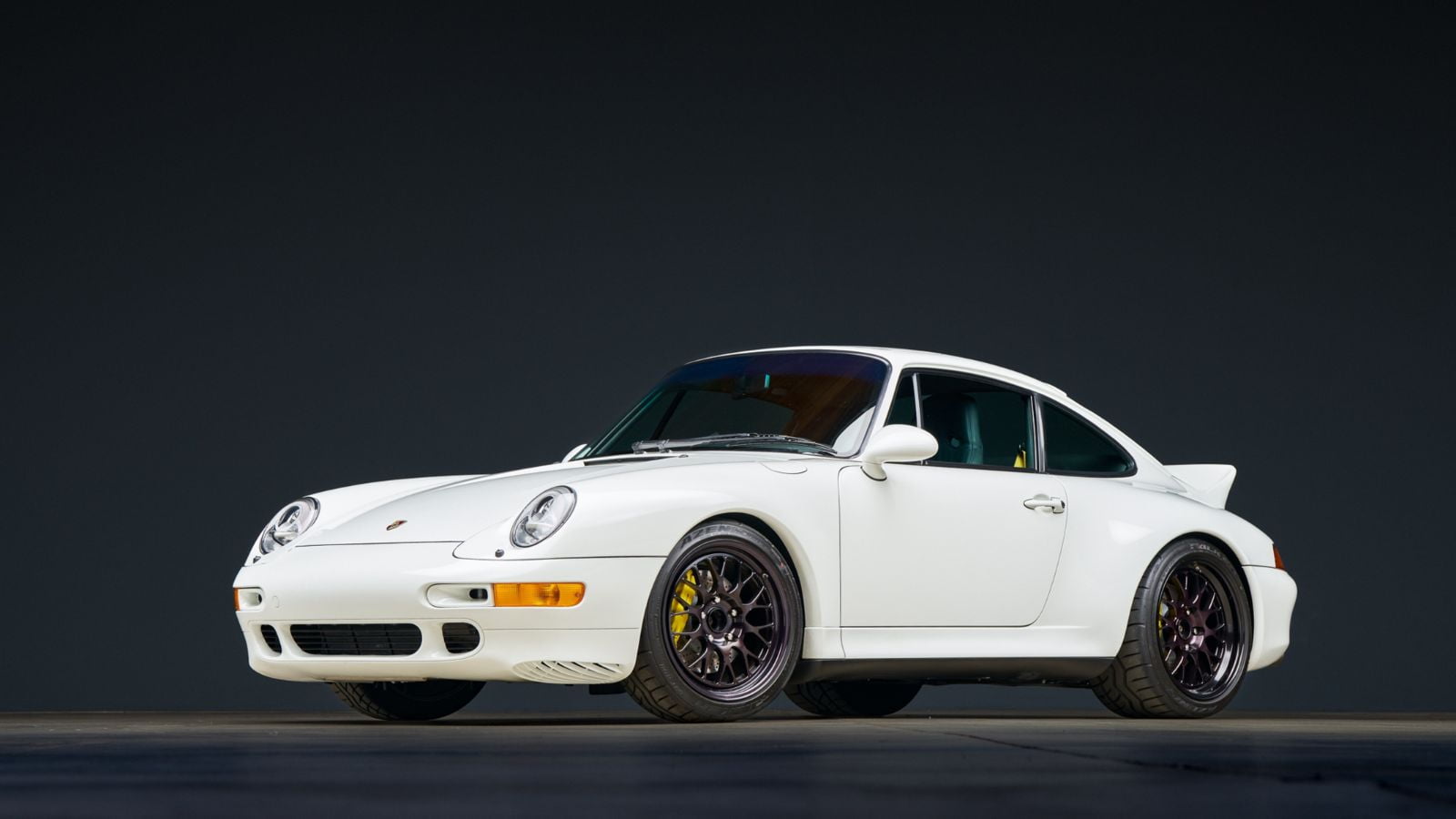
The Porsche 911 is one of the most amazing sports cars ever written into history, known for its timeless design and unparalleled performance. With each generation, the Porsche is carefully refined and upgraded to follow its heritage and shake hands with technology. The 911 exhibits a low, sleek profile with a sloping roofline that flows seamlessly into the rear end, which ends as a slope downward, creating a distinctive “flyline” synonymous with the model. With round headlights, wide fenders, and rear spoilers, the Porsche 911 is the most recognizable model, even in silhouette.
Chevrolet Corvette

The Chevrolet Corvette has been America’s favorite sports car for over sixty years, with a fusion of bold styling and unmatchable performance. The eighth generation of Corvette was introduced in 2020, which marked a departure from tradition by adopting a mid-engine layout, the first of its kind. This not only increased the efficiency of the car but also gave it an exotic look. The elongated hood and short overhangs accentuate the mid-engine layout, while the cockpit is positioned further forward, creating a sense of balance and proportion. The front end features a low-slung grille with integrated air intakes, giving the car a menacing and purposeful look.
Volkswagen Golf
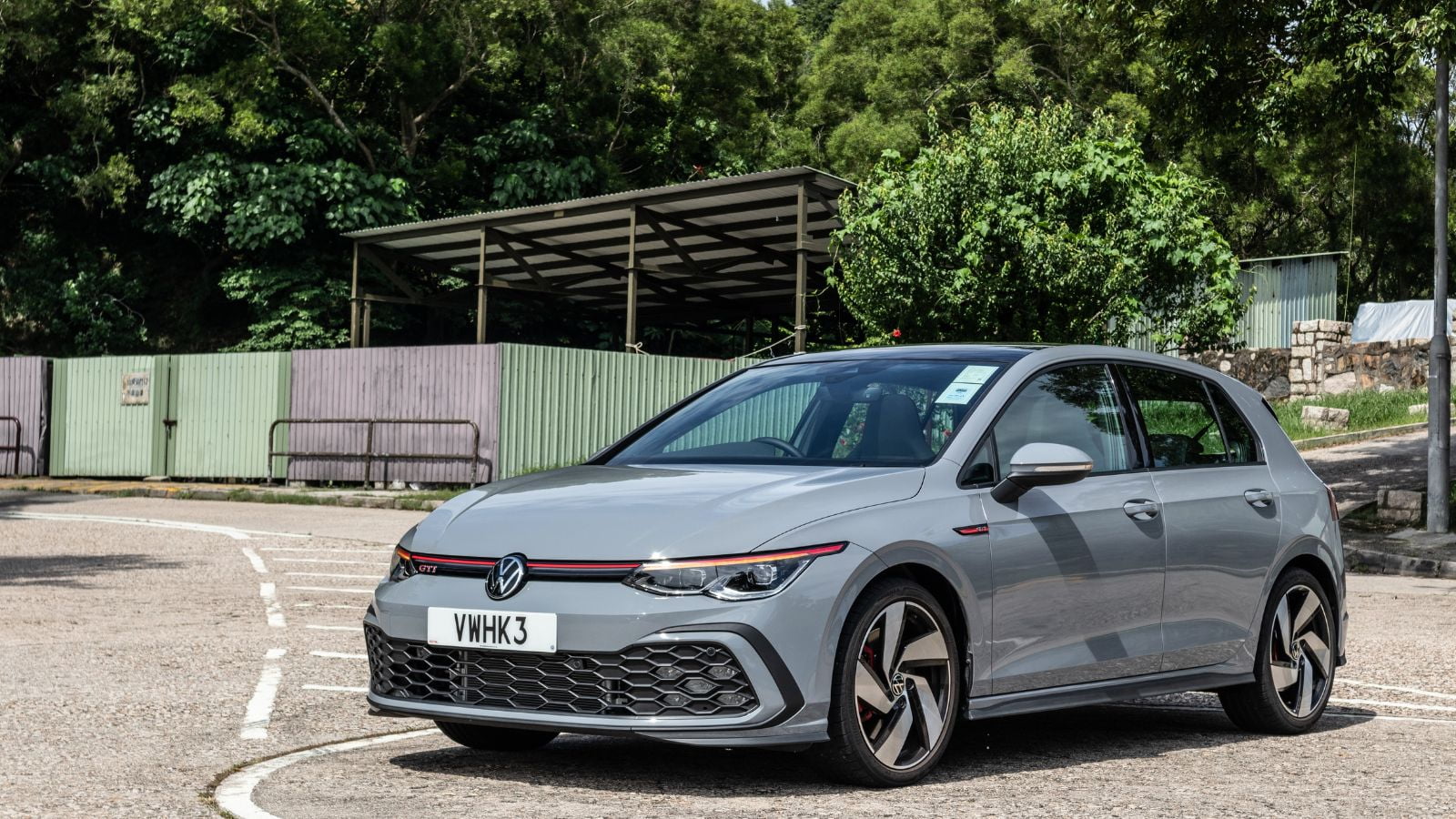
The Volkswagen Golf has been one of the best-selling cars of all time. It has undergone numerous upgrades since its birth in 1974. However, the seventh generation Golf introduced in 1974 came out as the best progeny of the lineage. The front end was characterized by a narrower grille and sleeker headlights, giving the car a more aggressive and dynamic presence on the road. LED daytime running lights were integrated into the headlight clusters, adding a touch of sophistication and enhancing visibility. The wheel arches were subtly flared, accommodating larger wheels and emphasizing the car’s sporty stance. At the rear, the MK7 Golf featured distinctive LED taillights with a signature C-shaped design, adding a touch of flair to the car’s rear fascia.
BMW 3 Series
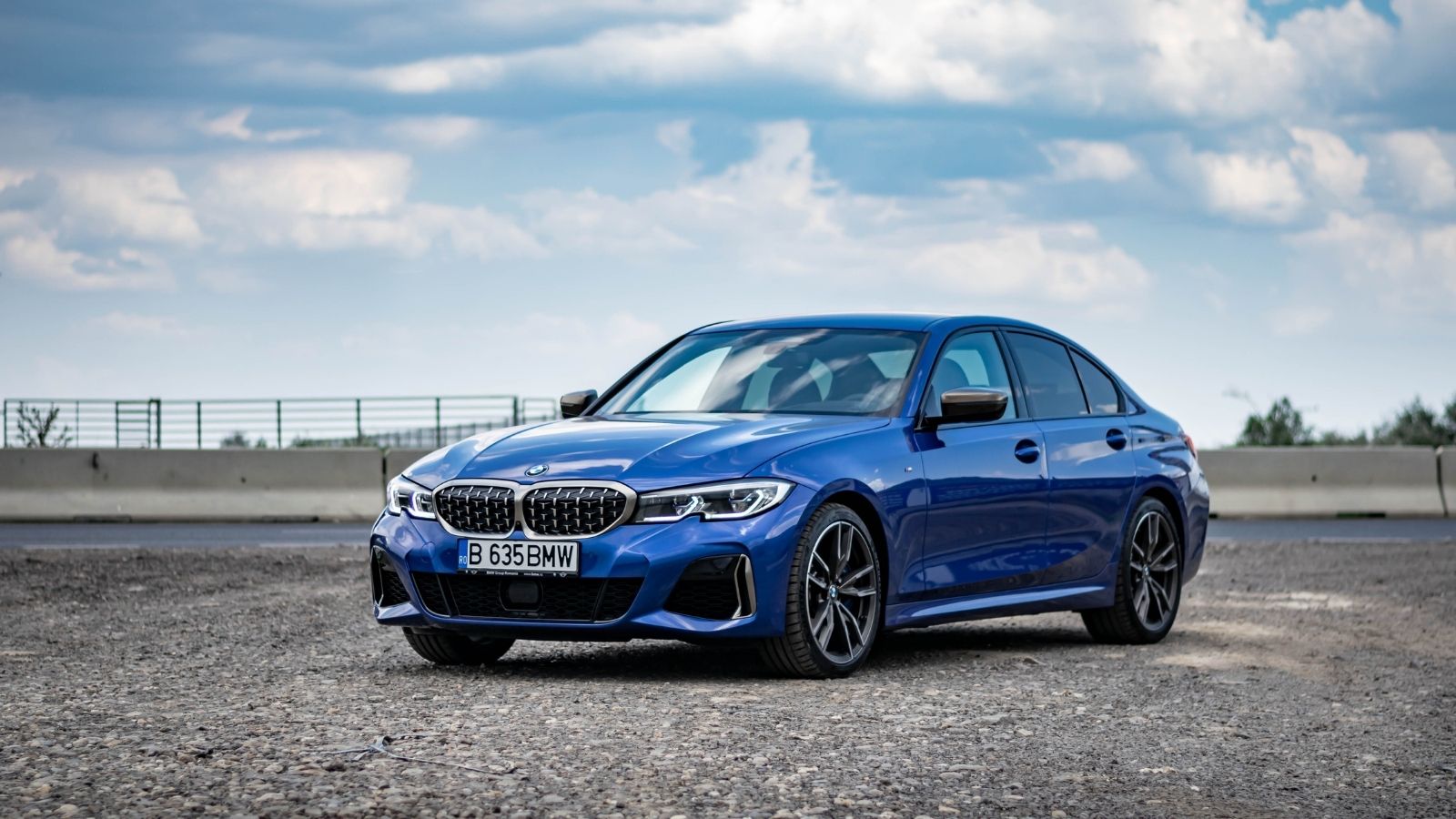
The BMW 3 Series is the benchmark for compact luxury sedans that showcase dynamic performance and premium artistry. BMW introduced the seventh generation 3 Series in 2019, known as the G20, which re-evaluated the design philosophy. It features a long hood, a short front overhang, and a short rear deck with the kidney grille and Hofmeister kink as its signature element. The redesign reaffirmed the 3 Series’ position as the ultimate driving machine, setting a new standard for luxury and performance in its segment.
Tesla Model S
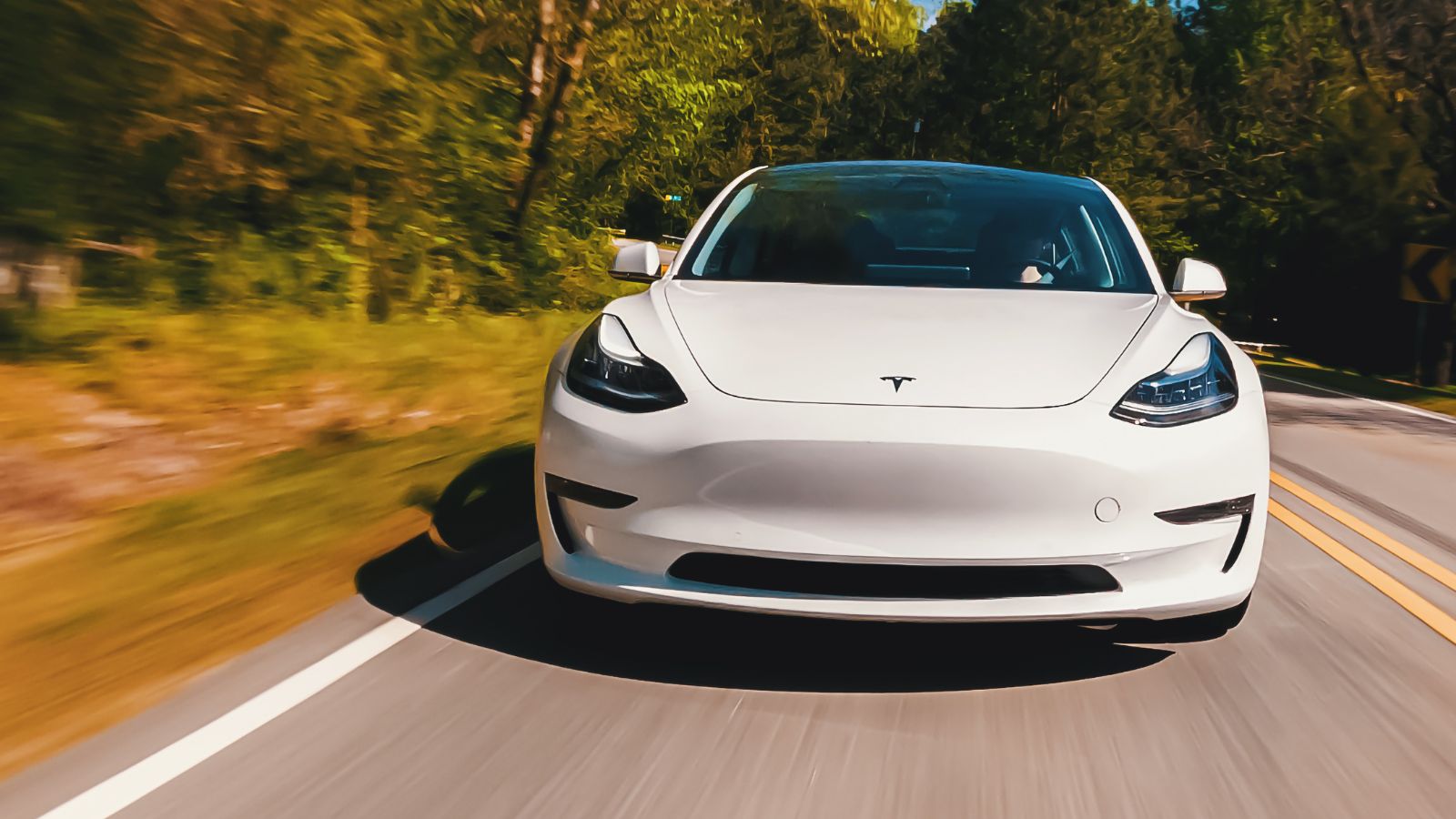
When Tesla introduced the Model S in 2012, it revolutionized the automotive industry with its all-electric powertrain and groundbreaking design. Over the years, Tesla has continuously updated and refined the Model S, culminating in the Plaid variant introduced in 2021. The front end of the Model S is dominated by a distinctive grille-less design, featuring a sleek fascia with LED headlights and a streamlined hood that slopes gently downward, reducing wind resistance. The rear of the Model S is characterized by a clean and uncluttered design, with LED taillights that wrap around the corners for a cohesive look. The lack of visible exhaust pipes and other traditional automotive features further emphasizes the car’s electric powertrain.
Audi R8
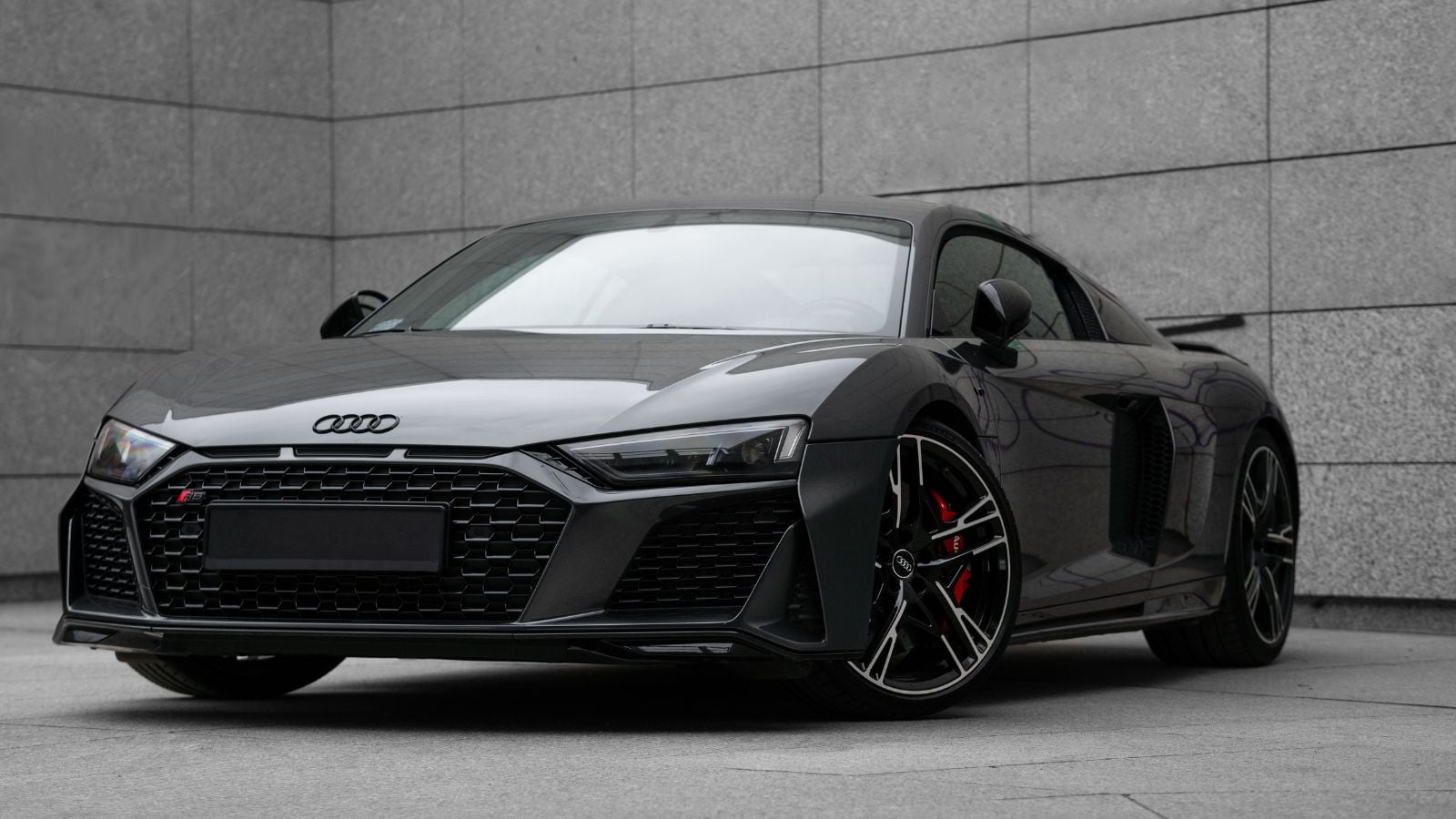
The Audi R8 has always been a symbol of performance and innovation, showcasing Audi’s engineering prowess and design expertise. In 2015, Audi introduced the second-generation R8, which featured a more aggressive and angular design language inspired by Audi’s motorsport heritage. With its striking LED headlights, sculpted bodywork, and prominent side blades, the new R8 exuded confidence and presence on the road. Under the hood, a powerful V10 engine delivered exhilarating performance, while the refined interior offered comfort and luxury, befitting a true supercar. The redesign solidified the R8’s position as a standout in the competitive high-performance sports car market.
Land Rover Defender
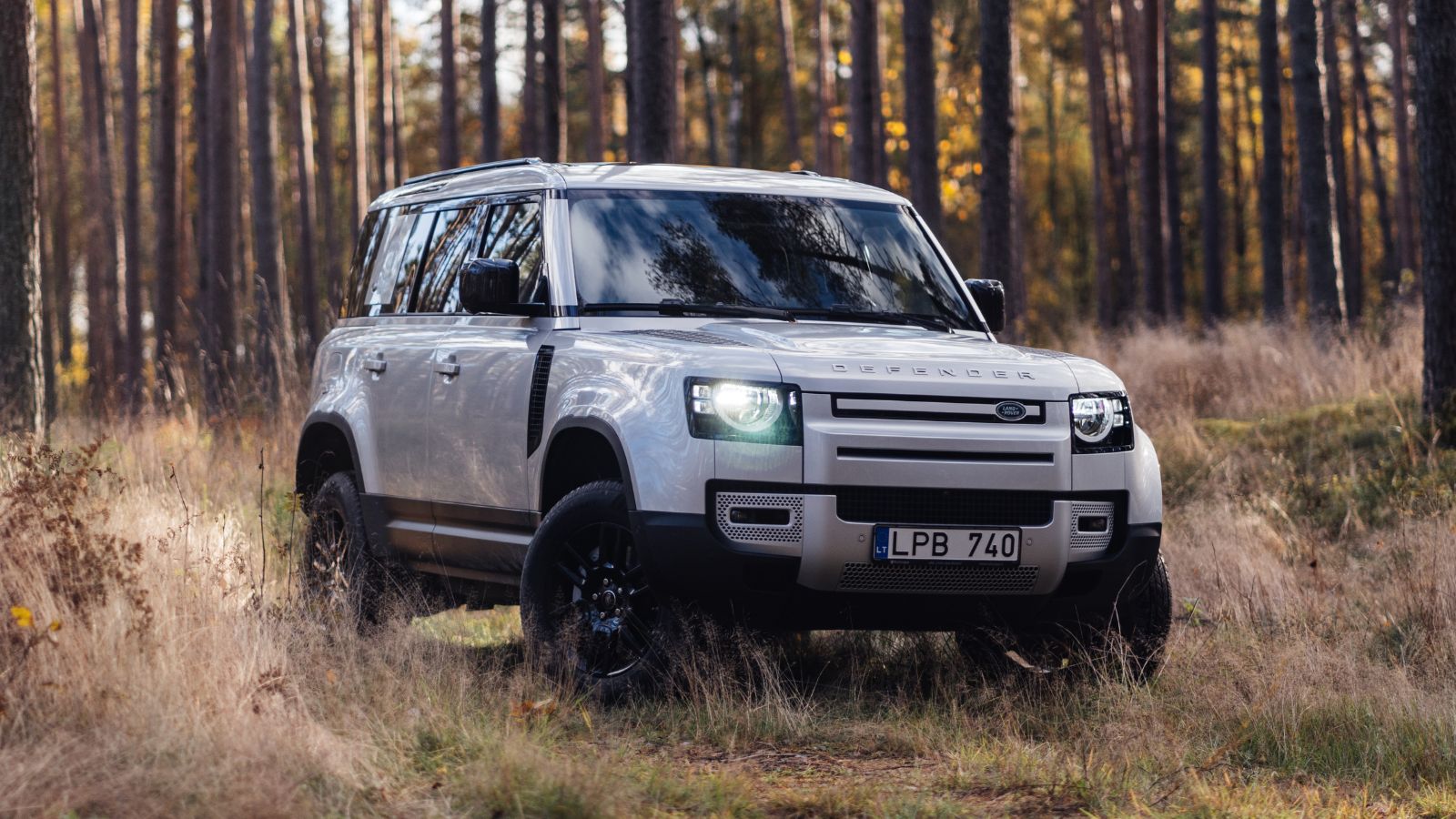
The Land Rover Defender is a legend in off-road capability, known for its rugged durability and go-anywhere attitude. In 2020, Land Rover introduced the all-new Defender, marking the first complete redesign of the iconic SUV in over three decades. At the front, the Defender features a bold grille with distinctive upright slats, giving it a commanding presence on the road. Flanking the grille are powerful LED headlights, providing excellent visibility on and off the road. The Alpine windows on the roofline add to the Defender’s distinctive look and provide additional light and visibility for passengers.
Mazda MX-5 Miata
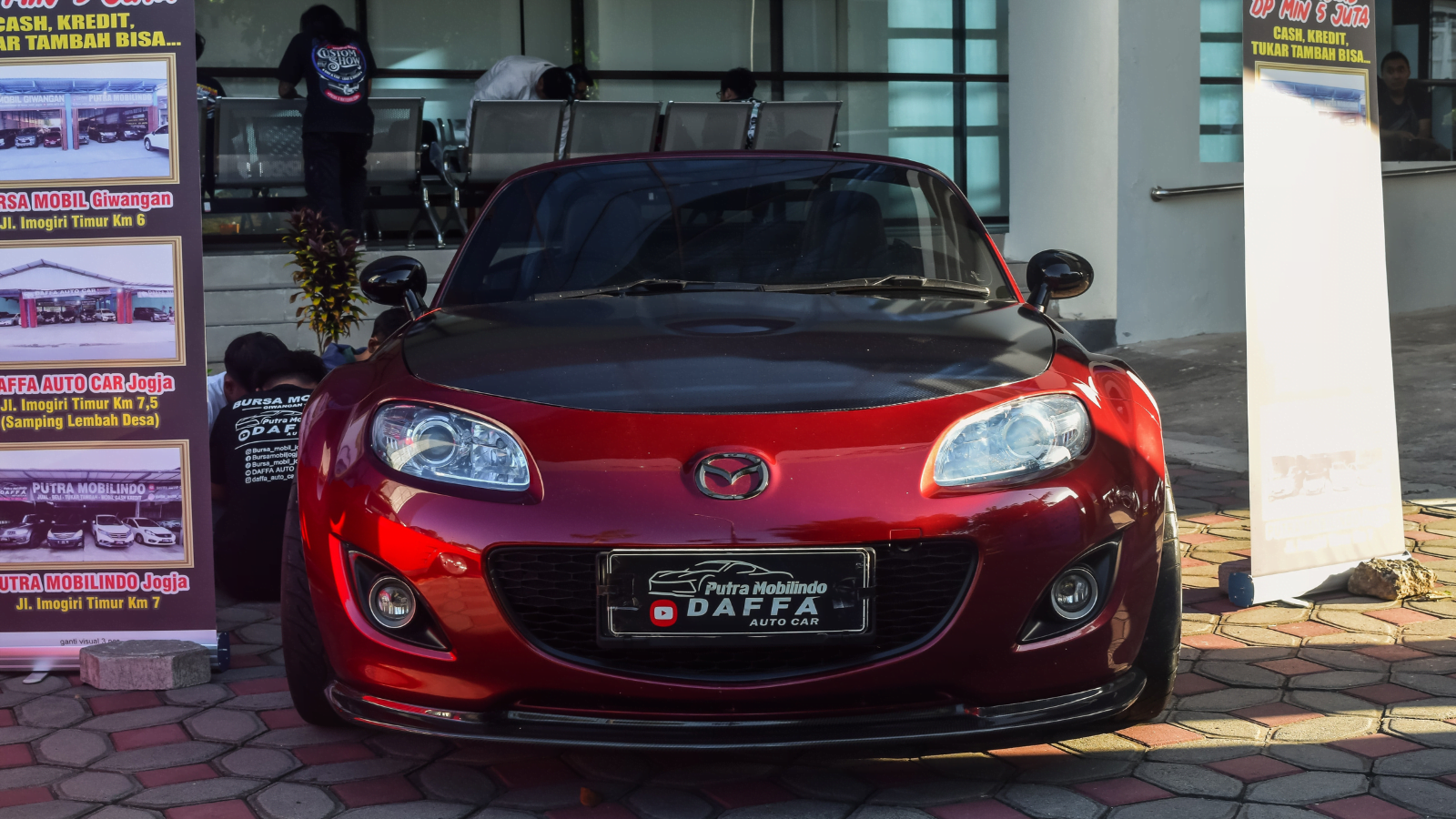
The Mazda MX-5 Miata has been the epitome of affordable sports car fun since its debut in 1989. It offers driving enthusiasts a lightweight, rear-wheel-drive roadster with impeccable handling and timeless style. In 2015, Mazda introduced the fourth-generation MX-5 Miata, known as the ND, which represented a return to form for the iconic roadster. At its core, the MX-5 Miata embraces the principles of Jinba Ittai, a Japanese philosophy emphasizing the unity between horse and rider. The low hood, short overhangs, and rearward cabin evoke a sense of dynamism and agility, hinting at the car’s responsive handling and nimble performance. The iconic long hood and short deck proportions pay homage to classic roadsters of the past.
Ford F-150
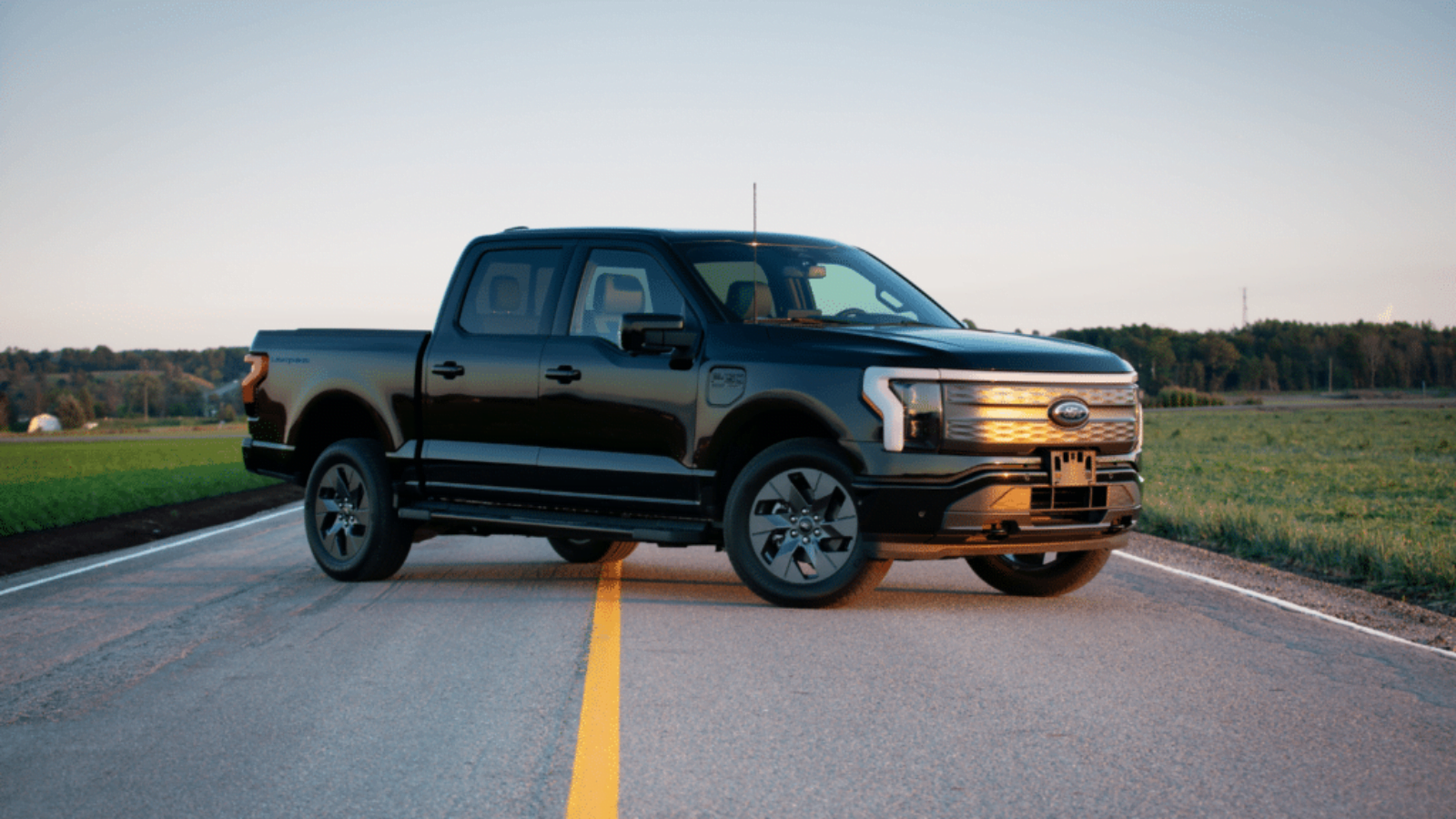
The Ford F-150 has been America’s best-selling truck for over four decades. In 2021, Ford introduced the fourteenth-generation F-150 represented the most significant redesign in the truck’s history. With its bold, sculpted bodywork, imposing front grille, and innovative features such as the available Pro Power Onboard generator and optional hybrid powertrain, the new F-150 set a new standard for full-size pickups. Inside, the cabin was redesigned with a focus on comfort, convenience, and technology, making the F-150 as luxurious as possible.
18 Most Disappointing Cars of the Decade – And Why They Failed
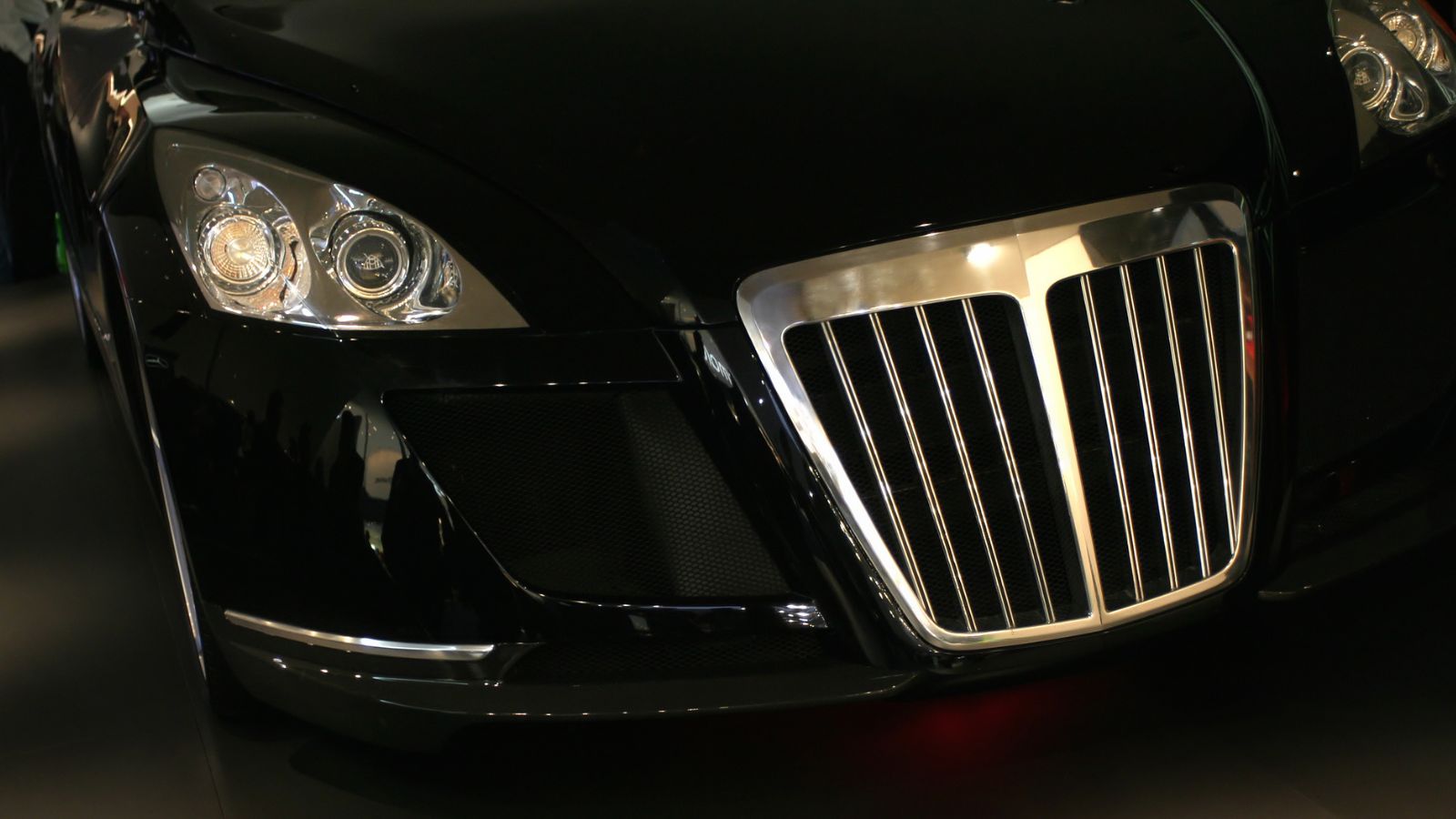
The last decade has seen many novel inventions in the auto industry, including technologies in both the gasoline-powered and electric vehicle spaces. Each has had its triumphs and tribulations, contributing to the industry’s evolution. Some have had the most ambitious beginnings but have been out-maneuvered, whereas others have stopped production for strategic reasons to mobilize other models. Here is a list of the 18 most disappointing cars of the decade. 18 Most Disappointing Cars of the Decade – And Why They Failed
